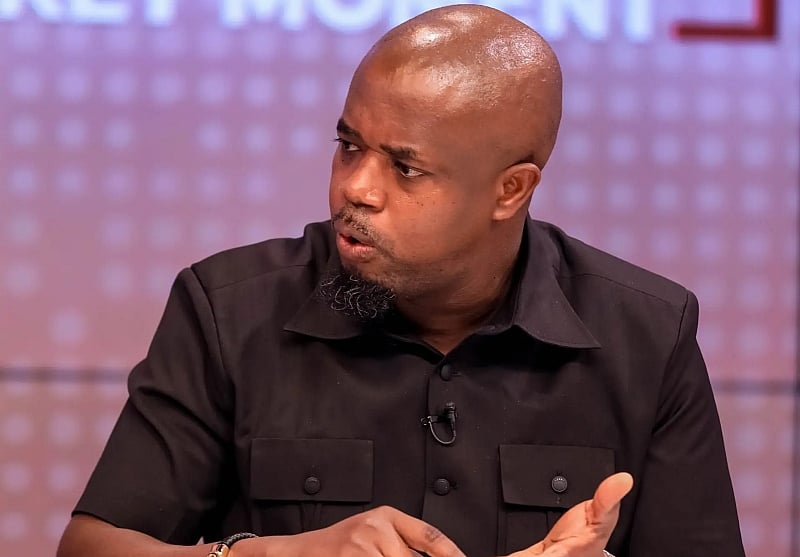The ongoing debate surrounding the potential resignation of suspended Chief Justice Gertrude Torkornoo has sparked a crucial discussion about the constitutional procedures governing the removal of high-ranking judicial officers. Edudzi Tameklo, Acting Chief Executive Officer of the National Petroleum Authority (NPA), has weighed in on the matter, asserting that a Chief Justice facing formal disciplinary or impeachment proceedings cannot legally resign. His argument rests firmly on a 2015 Supreme Court ruling, which established a precedent regarding the resignation of judges under investigation.
Tameklo’s reference to the 2015 case of Justice Kojo Amoah vs Attorney-General highlights the legal complexities surrounding this issue. In that case, Justice Amoah, facing an investigation, attempted to resign. However, then President Kwasi Anin-Yeboah rejected the resignation, a decision later upheld by the Supreme Court. The Court’s rationale was that allowing a judge to resign amidst disciplinary proceedings would effectively circumvent the established constitutional process designed to ensure judicial accountability. This precedent, Tameklo argues, directly applies to the current situation involving Chief Justice Torkornoo.
The crux of the Supreme Court’s 2015 ruling lies in the importance of maintaining the integrity of the judicial disciplinary process. Allowing a judge to resign while under investigation would undermine the very mechanisms designed to address potential misconduct. The Court explicitly stated that such a resignation would “undermine the carefully drafted disciplinary proceedings in relation to Superior court judges under the constitution.” This principle, according to Tameklo, reinforces the need for due process to be followed in the case of Chief Justice Torkornoo. A resignation at this juncture would not only be legally invalid but would also set a dangerous precedent, potentially weakening the accountability mechanisms within the judiciary.
The 2015 ruling underscores the President’s role in safeguarding the integrity of these proceedings. The Court affirmed the President’s authority to reject a resignation if disciplinary proceedings are underway. This authority stems from the President’s constitutional responsibility to ensure the proper functioning of the judiciary. The President’s rejection of a resignation in such circumstances is not arbitrary but rather a necessary step to protect the integrity of the judicial process. This reinforces the argument that Chief Justice Torkornoo’s resignation, if offered, should not be accepted while she is subject to an ongoing investigation.
The debate over Chief Justice Torkornoo’s potential resignation highlights the tension between individual rights and the need for institutional accountability. Some argue that allowing her to resign would preserve the dignity of the judiciary, shielding it from the potentially damaging fallout of a protracted investigation. However, Tameklo counters this argument by emphasizing the paramount importance of adhering to constitutional procedures. Allowing the Chief Justice to resign before the conclusion of the investigation, he argues, would send a message that those at the highest levels of the judiciary are not subject to the same rules of accountability as other judges.
Tameklo’s position, firmly grounded in the 2015 Supreme Court precedent, underscores the significance of upholding the rule of law, particularly when it involves high-ranking officials. The constitutional procedures for addressing judicial misconduct are designed to ensure transparency, accountability, and public trust in the judicial system. Sidestepping these procedures, even under the guise of preserving institutional dignity, ultimately weakens the very foundations of judicial integrity. The focus, therefore, should remain on allowing the established legal process to run its course, regardless of the individual involved. This commitment to due process is essential for preserving the credibility and legitimacy of the judiciary.


